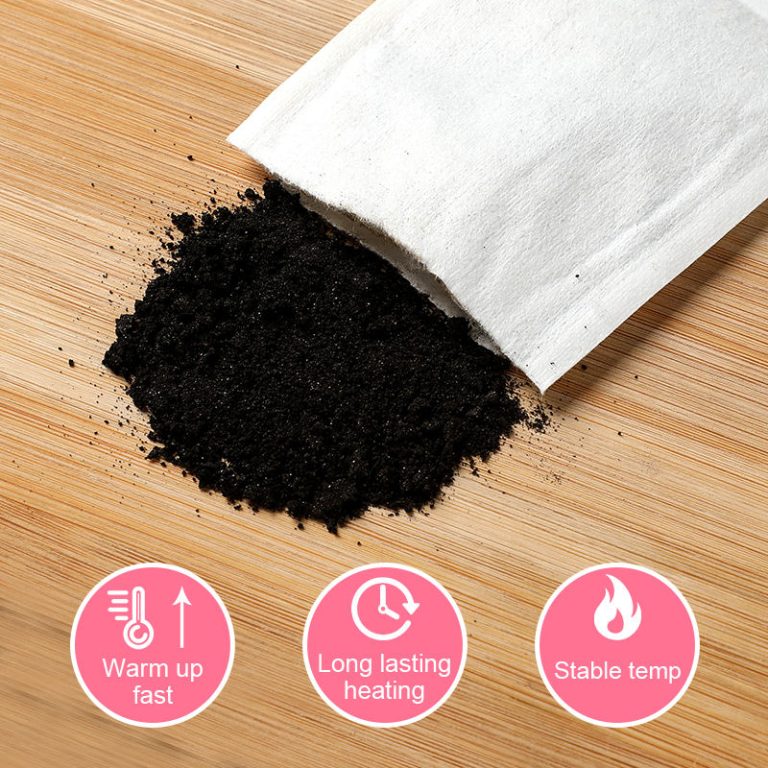In the world of pain management, topical solutions have gained significant popularity, with pain cream emerging as a go-to option for many individuals seeking relief from various forms of discomfort. This non-invasive approach to pain alleviation offers a targeted treatment that can be easily applied directly to the affected area.
Pain creams, also known as topical analgesics, work by delivering active ingredients through the skin to provide localized relief. These formulations typically contain a combination of ingredients such as menthol, camphor, capsaicin, or salicylates, which work together to create a soothing effect on sore muscles and joints.
One of the primary advantages of pain creams is their ability to provide quick relief without the need for oral medication. This can be particularly beneficial for those who experience stomach sensitivity to oral painkillers or are concerned about potential side effects associated with systemic treatments. Additionally, the topical application allows for a more concentrated delivery of active ingredients to the specific area of discomfort.

Pain creams are versatile and can be used to address a wide range of conditions, including arthritis pain, muscle strains, backaches, and minor sports injuries. Many users find them especially helpful for managing chronic pain conditions, as they can be applied multiple times throughout the day without the risk of overdosing.
When choosing a pain cream, it’s essential to consider the specific ingredients and their intended effects. For example, menthol-based creams often provide a cooling sensation that can help numb pain, while capsaicin-based formulations create a warming effect that increases blood flow to the area. Some products combine both cooling and warming ingredients for a dual-action approach to pain relief.
While pain creams offer many benefits, it’s important to use them as directed and be aware of potential skin sensitivities. Always perform a patch test before applying a new product to a large area, and consult with a healthcare professional if you have any concerns or underlying health conditions.
In conclusion, pain cream represents a valuable tool in the arsenal of pain management options. Its ease of use, targeted approach, and minimal side effects make it an attractive choice for those seeking relief from everyday aches and pains.






